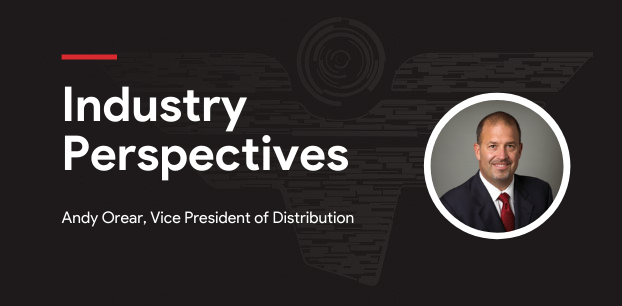
6 Questions About Making the Switch to Reference Based Pricing
Healthcare costs continue to increase annually at a rate far above the national cost of living percentage. Health insurance is one of the largest expenses in a companies’ budget, and after years of providing health benefits, many employers are struggling to keep their employees covered. Reference based pricing (RBP) provides a way to continue insurance coverage while reducing expenses by setting the prices paid to physicians and hospitals at a more reasonable rate.
What is RBP
Reference based pricing is not an insurance plan; it is a financing strategy that works with the employer-sponsored insurance plans to accomplish these four goals:
- Reduce costs
- Provide more freedom in selecting physicians and facilities, removing network limitations
- Give employers control over physician and facility charges by setting payment amounts
- Provide a long-term sustainable trajectory for the employer and employee
What is a self-funded plan?
In a self-funded plan, an employer takes on the risk of employee health claims. Self-funded plans are regulated by the federal government under the Employee Retirement Income Security Act (ERISA). Moving from fully insured to self-funded allows an employer to create a custom benefit plan specific to their population. No more cookie-cutter plans from the insurance companies.
What is stop-loss coverage, and why is it necessary?
Employers who self-fund commonly purchase stop-loss coverage. This is an additional insurance product that protects employers from catastrophic losses due to higher-than-expected claims. Stop-loss insurance is important because it minimizes the risk involved with self-funding an insurance plan.
Will covered employees be responsible for any medical bills?
No, employees and their dependents would never be responsible for more than their deductible and out-of-pocket maximum outlined in the plan design.
What is a third-party administrator?
A third-party administrator (TPA) is an independent firm that works with self-funded employers to administer their employee benefit plan. A TPA verifies employee eligibility when an employee goes to the doctor, they process medical and RX claims, and they handle customer service when employees or HR has questions or issues. An experienced TPA can make the transition to RBP easier for everyone.
This would be a big change for my employees, how might they react?
The key to a successful rollout of an RBP plan, much like any other plan, is employee education. Employees need to understand that they are now on an open-access plan with no traditional PPO network. They also need to understand who to contact for things like: coordinating an office visit, scheduling a procedure, EOB/balance bill questions, or general questions about their benefits. It’s important for management to understand that most people don’t know much about their own benefits. But they do know what’s coming out of their paycheck and how much they have to pay when using their insurance. Therefore, in addition to education, letting the employees share in the savings is vital to a successful role out.
An experienced, client-focused broker can be a great resource when you’re transitioning to an RBP plan. For more information, check out our library of educational resources.